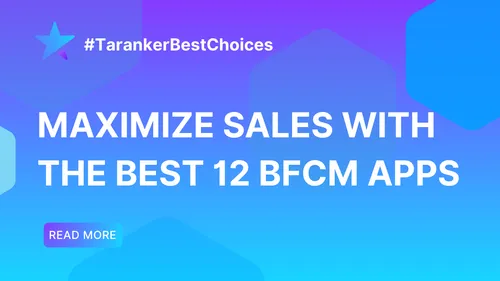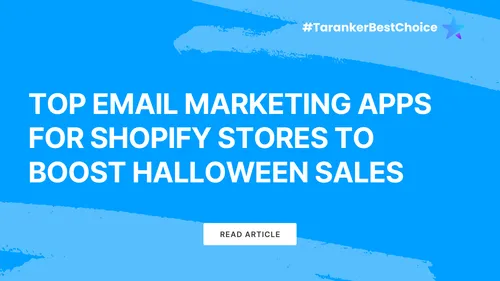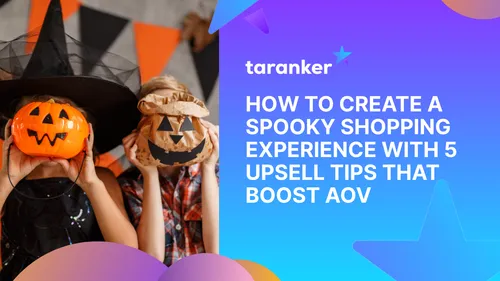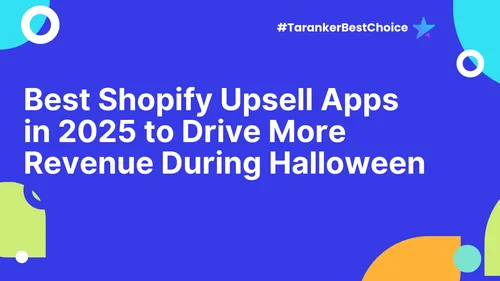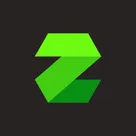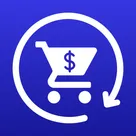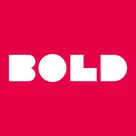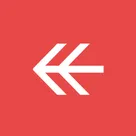Among all conversion tactics available to online merchants, upselling remains one of the top-performing strategies to increase revenue without acquiring new customers. By encouraging shoppers to add complementary products, upgrade selections, or complete a bundle, brands can significantly boost average order value (AOV) and customer lifetime value (LTV).
But simply showing “You might also like” isn’t enough. To truly boost sales, merchants must know how to upsell effectively, where in the journey to place offers, and what tools provide the highest ROI. Should upsells appear on product pages, in the cart, or post-purchase? Should recommendations be static or powered by AI personalization?
If you're using Shopify, you may have already explored its native upsell capabilities. Before diving into third-party solutions, it's worth understanding exactly what Shopify can and cannot do when it comes to upselling.
How to Upsell on Shopify (Without Third-Party Apps)
Shopify offers a few built-in tools and features that allow merchants to implement basic upselling strategies without needing to install third-party apps. While these tools are limited in scope, they can still help increase Average Order Value (AOV) when used strategically. Here's how to get started:
1. Product Recommendations Section
Where to find it: Most Shopify themes already include a section labeled “You may also like” or “Related Products” on product pages.
How it works: Shopify’s algorithm uses product tags, collection groupings, and customer behavior (such as purchase and browsing history) to auto-generate relevant product recommendations.
How to enable or customize:
-
Go to Online Store > Themes > Customize.
-
Navigate to the Product Page template.
-
Add or ensure the Product Recommendations block is enabled.
-
You can adjust the placement (e.g., below the product description or after product reviews) and styling based on your theme capabilities.
Pro Tip: Ensure your products are properly tagged and categorized to improve the quality of recommendations.
2. Discounted Bundles Using Manual Collections
While Shopify doesn’t offer a native bundle feature, you can simulate product bundling using manual collections and discount codes.
Steps to create a basic bundle:
-
Create a new manual collection (e.g., “Buy Together and Save”).
-
Add the products you want to bundle manually.
-
Navigate to Discounts > Create Discount.
-
Choose Automatic discount or Discount code, then set a rule such as:
-
"Buy Product A + Product B and get 15% off"
-
"Buy 2 or more items and get 10% off"
-
Display it on your store:
-
Highlight the collection on your homepage or product pages.
-
Use banner messaging or section headers like “Bundle & Save” to encourage shoppers.
3. Cart Page Messaging
Upsell via cart messaging is a subtle but powerful tactic to drive higher AOV.
Examples of messages you can display:
-
"Spend $10 more to unlock free shipping!"
-
"Add one more item to receive a mystery gift!"
-
"You're only one product away from 15% off your entire order."
How to set it up:
-
Go to Online Store > Themes > Customize.
-
Navigate to the Cart Page.
-
Add a Text Block or Custom HTML block depending on theme flexibility.
-
Use dynamic messaging tools (Shopify Plus or custom Liquid scripts) to make the message conditional based on cart total.
Pro Tip: You can enhance this further by linking to a “Frequently Bought Together” collection or featuring a small product carousel directly on the cart page.
Limitations of Shopify’s Native Upsell
While Shopify’s built-in upsell tools provide a decent starting point, they come with several limitations that restrict merchants from implementing advanced upsell strategies or maximizing revenue potential. Key limitations include:
1. Lack of AI Personalization
Shopify’s product recommendation engine is rule-based and fairly static. It doesn’t adapt in real time or factor in nuanced behavioral signals like scroll depth, product comparisons, time spent on page, or cross-session browsing activity. This results in generic suggestions that lack personalization and can feel irrelevant to shoppers.
-
Impact: Lower engagement with recommended items and missed upsell opportunities.
2. Limited Placement Control
Shopify themes typically restrict where you can display upsell content. Recommendations are often confined to specific pre-defined locations such as the bottom of the product page, and merchants can’t easily insert dynamic upsell blocks on pages like the cart, checkout, or confirmation screen.
-
Impact: Upsell messages may not appear at the most impactful moments of the buying journey.
3. No Post-Purchase Offers
One of the biggest gaps in Shopify’s native functionality is the absence of post-purchase upsell features. Merchants can’t automatically trigger relevant offers after checkout, whether via a thank-you page, post-checkout page, or follow-up email/SMS.
-
Impact: Missed opportunities to increase AOV through follow-up recommendations when the customer is already in a buying mindset.
Given these limitations, Shopify store owners seeking more control, smarter targeting, and measurable ROI often turn to third-party upsell platforms. These apps go far beyond the basics - offering:
-
AI-driven product suggestions based on real-time customer behavior
-
Multi-step funnel logic and dynamic offer placement
-
Post-purchase and cross-channel upsell automation
-
Custom workflows with analytics to optimize performance
Next, let’s explore the top upsell platforms that help overcome these shortcomings and drive smarter revenue growth.
1. BOLD Upsell AI Smart Upselling
Pricing: Basic plan starts at $19.99/month.
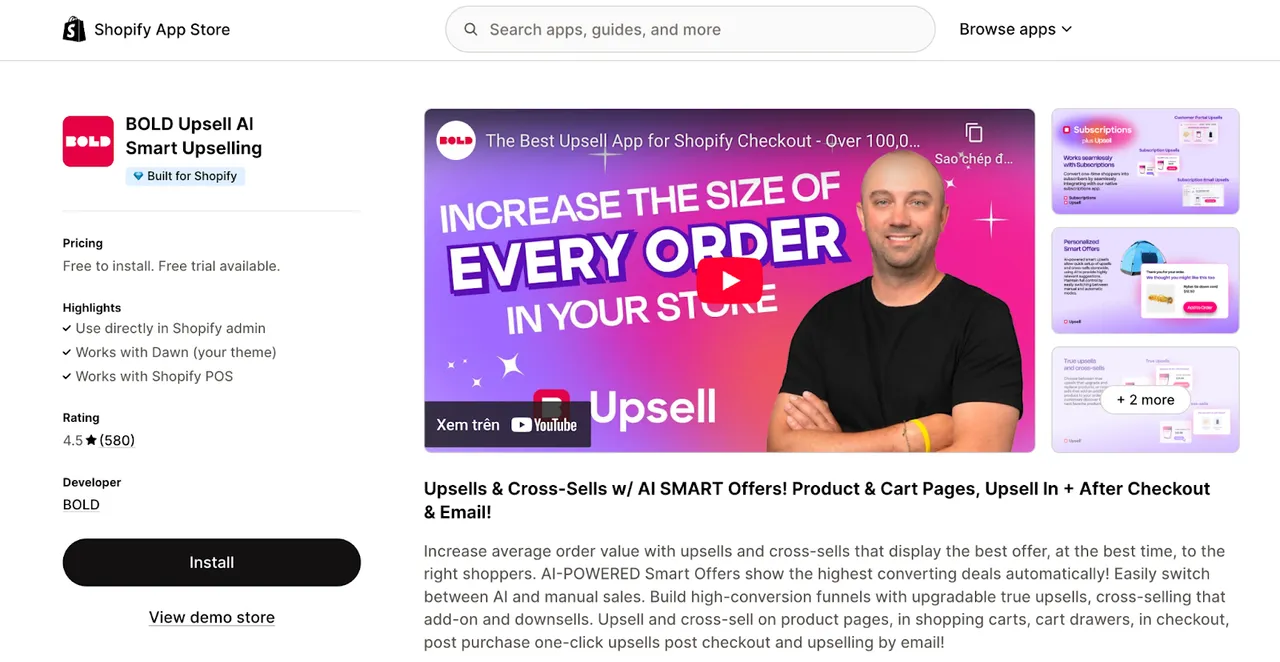
Key Highlights:
Bold Upsell offers flexible upsell and cross-sell options that allow merchants to create targeted offers based on customer actions such as adding products to carts or at checkout. Its robust analytics dashboard provides real-time insights into campaign performance, enabling continuous optimization. The app integrates deeply with Shopify and works smoothly alongside other popular apps, making it a reliable choice for eCommerce stores.
Advantages:
The platform features a user-friendly interface that’s easy to navigate, even for merchants without technical expertise. Its wide range of upsell tools caters to both small businesses and large enterprises, supporting various promotional strategies. Bold Upsell enjoys strong community trust and positive reviews for helping increase average order value and revenue.
Limitations:
Some users find the user interface outdated compared to newer, more modern apps. Additionally, advanced features such as custom branding and priority support are reserved for higher-tier plans, which can increase costs for businesses needing more comprehensive functionality.
2. ReConvert Upsell & Cross Sell!
Pricing: Basic plan from $20/month.

Key Highlights:
ReConvert specializes in post-purchase upselling, allowing merchants to present targeted upsell offers on thank you pages, order confirmation emails, and SMS messages. It features a drag-and-drop thank you page builder, making it easy for users to customize upsell experiences without coding. By focusing on repeat purchases, ReConvert helps increase customer lifetime value effectively.
Advantages:
The platform is very user-friendly and ideal for merchants without technical backgrounds. Creating personalized upsell experiences is straightforward, thanks to its intuitive design. It offers many features at an affordable price point, making it accessible for small to medium-sized stores.
Limitations:
ReConvert does not support pre-purchase upselling, so merchants cannot display offers on product or cart pages. Its upsell format options are somewhat limited compared to more versatile platforms.
3. One Click Upsell ‑ Zipify OCU
Pricing: Starts at $47/month.
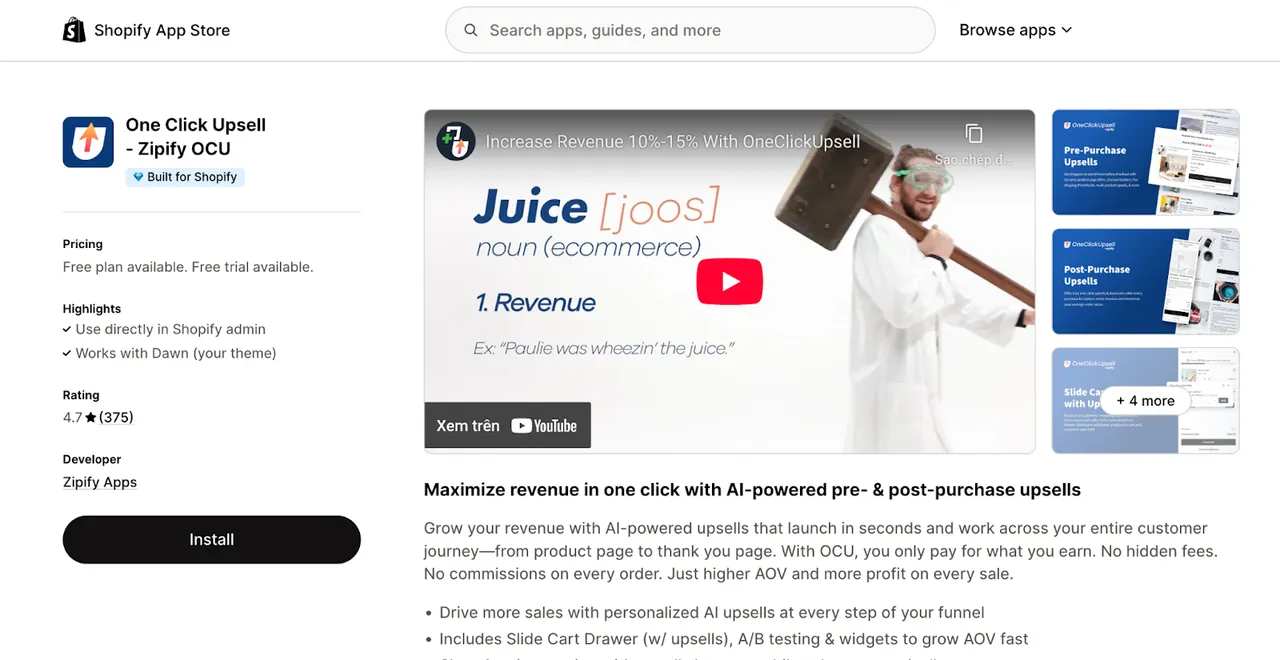
Key Highlights:
OneClick Upsell specializes in one-click upsell offers directly during checkout, aiming to reduce cart abandonment and increase average order value. By simplifying the upsell process, it quickly boosts conversion rates and creates a frictionless shopping experience.
Advantages:
The platform provides a seamless upsell flow that does not disrupt the customer’s buying journey. It integrates deeply with Shopify’s checkout system, ensuring smooth functionality. It’s also a trusted solution used by many large and reputable brands.
Limitations:
OneClick Upsell mainly focuses on post-purchase upsells, offering limited options for pre-purchase upselling. Its higher pricing may not be suitable for smaller stores or startups with limited budgets.
4. CartHook Upsells
Pricing: Plans starting at around $99/month.
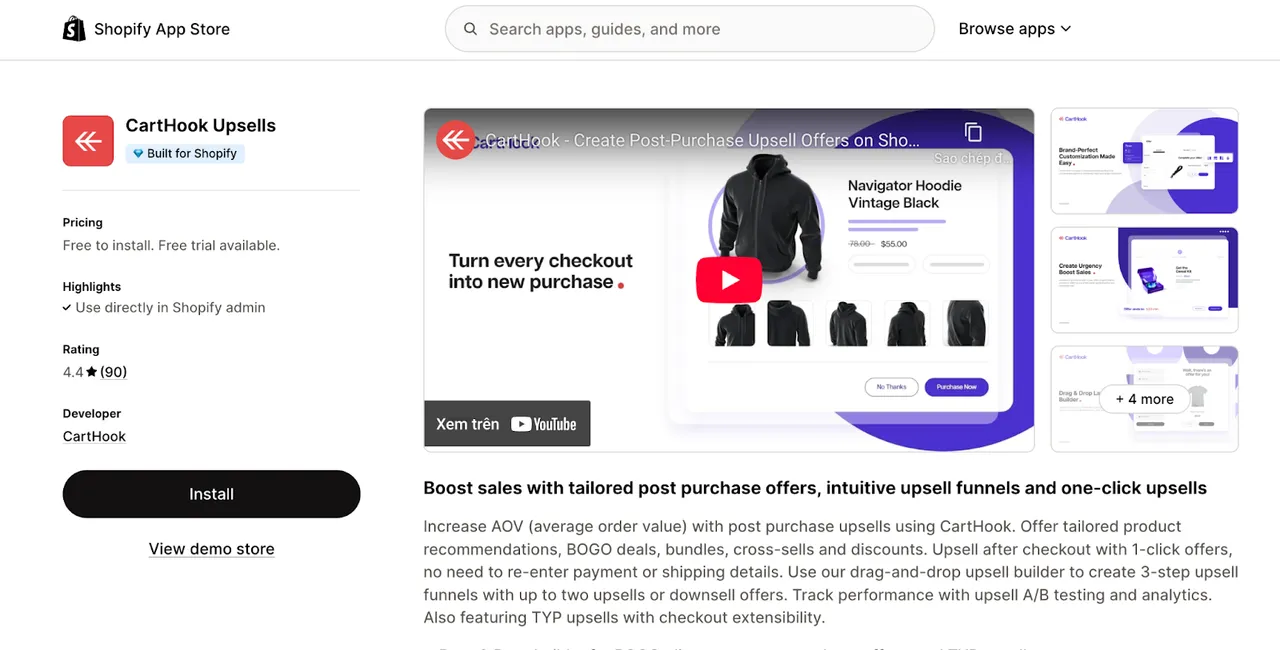
Key Highlights:
CartHook enables merchants to create complex, multi-step upsell funnels during the checkout process. It focuses on optimizing both the cart and checkout pages to maximize revenue through strategic upsell offers.
Advantages:
This platform is well-suited for large stores that require advanced and customizable upsell flows. It provides detailed analytics that help merchants better understand customer behavior and refine their upsell strategies accordingly.
Limitations:
The higher pricing makes CartHook less accessible for startups or small businesses. Additionally, setting up and managing its advanced features can be complex and may require technical expertise.
5. Rebuy Personalization Engine
Pricing: Basic plan from $29/month.
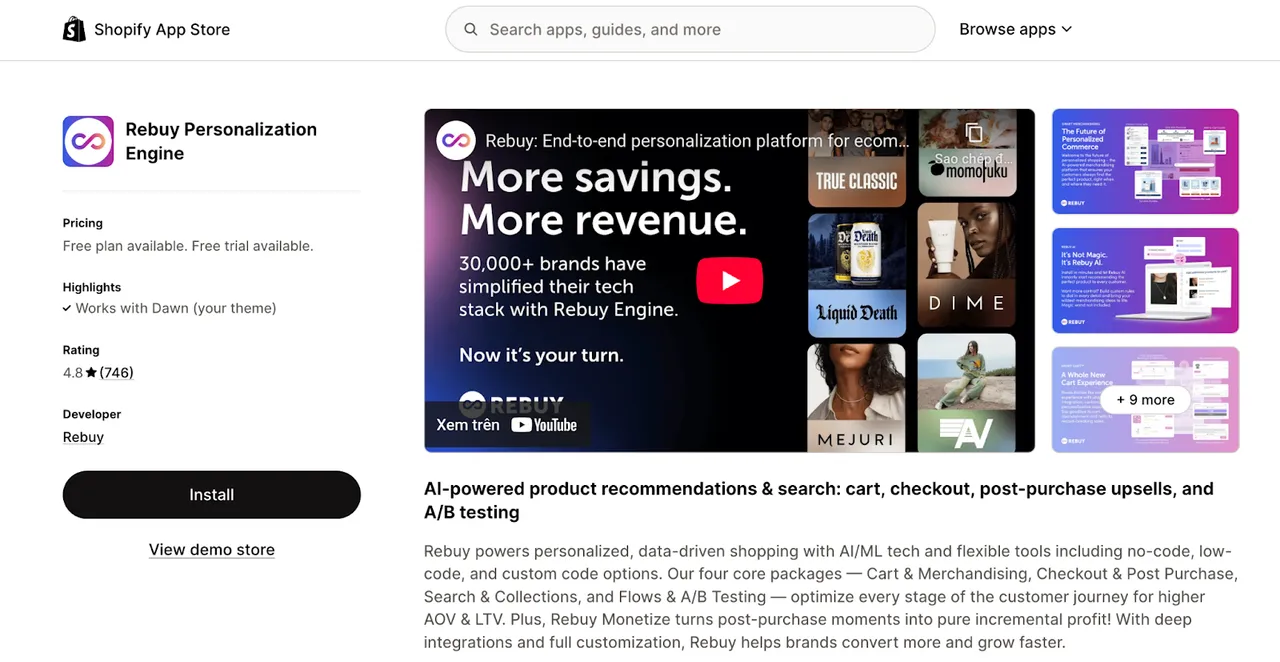
Key Highlights:
Rebuy offers highly flexible upsell rules and supports multi-channel integration across websites, email campaigns, and advertising platforms. Its AI-driven engine personalizes product recommendations based on customer behavior to effectively increase average order value.
Advantages:
The platform boasts extensive integration capabilities, creating a synchronized upsell ecosystem. Its high customization options allow merchants to tailor campaigns to diverse business models. Additionally, its pricing is competitive and scalable to support growing businesses.
Limitations:
Due to the complexity of features, there is a learning curve for new users. Maximizing Rebuy’s potential often requires technical knowledge or support.
6. Aftersell Post Purchase Upsell
Pricing: Flexible plans starting around $25/month.

Key Highlights:
AfterSell provides seamless upsell offers throughout the entire shopping journey, with a strong emphasis on email and SMS automation. This ensures that merchants can engage customers effectively, especially post-purchase, to encourage repeat buying.
Advantages:
The platform excels at post-purchase engagement and makes it easy for merchants to set up automated upsell campaigns without extensive technical knowledge. Its user-friendly automation tools help maximize customer lifetime value.
Limitations:
AfterSell places less emphasis on pre-purchase upsells, limiting options for upselling before checkout. Additionally, some advanced features are only accessible through higher-tier subscription plans.
7. LimeSpot AI Bundles AI Upsells
Pricing: Custom pricing based on store size.

Key Highlights:
LimeSpot uses AI to automate upsell and cross-sell suggestions, improving product discovery and driving additional sales. The platform personalizes recommendations dynamically based on customer behavior and preferences.
Advantages:
It offers a user-friendly interface with highly effective personalization features. LimeSpot is known for significantly boosting conversion rates and enhancing the overall shopping experience.
Limitations:
Pricing can be expensive for smaller stores. Since pricing is customized, merchants need to contact sales for a quote, which may delay decision-making.
8. Frequently Bought Together (by Code Black Belt)
Pricing: Starts at $9.99/month.
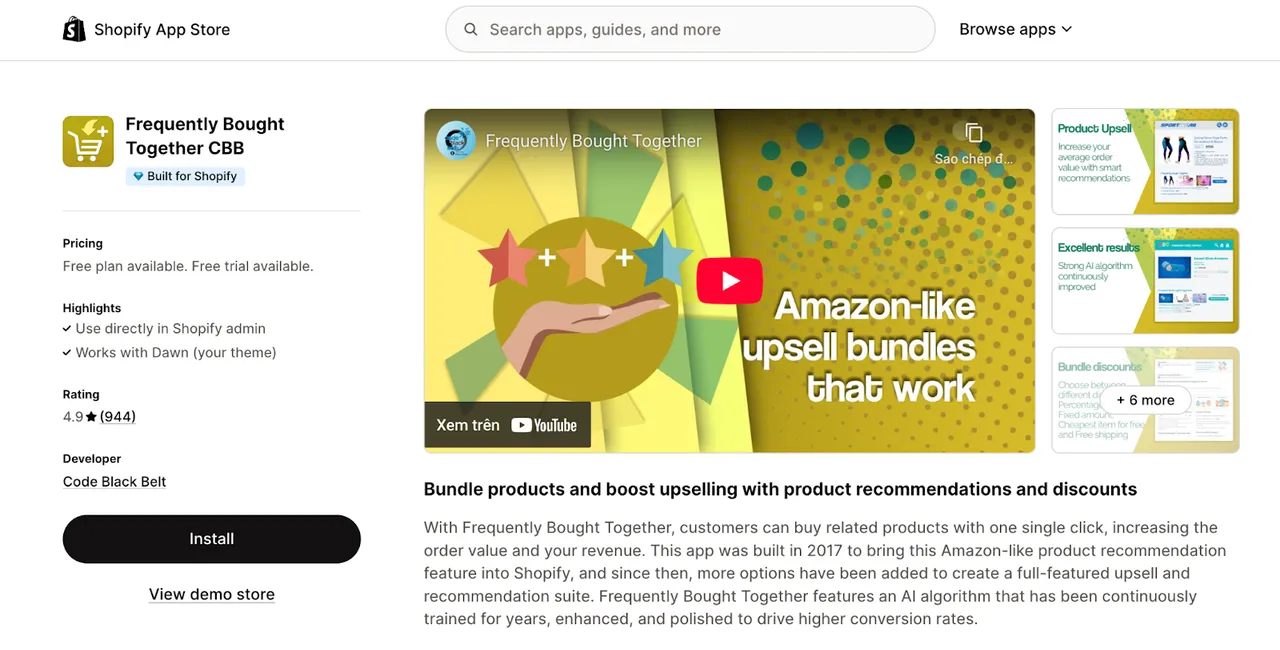
Key Highlights:
This app focuses primarily on bundling products that are frequently purchased together, offering customers package deals that encourage additional purchases. It provides a simple and straightforward interface that allows merchants to quickly set up bundling offers.
Advantages:
By promoting product bundles, the app effectively increases average order value. Its affordability and ease of use make it an attractive choice for stores seeking quick wins without complexity.
Limitations:
Its upsell functionality is limited mainly to bundling, lacking the flexibility of more comprehensive upsell platforms. It is less customizable, which may not suit stores looking for advanced personalization or diverse upsell strategies.
9. Zotasell: AI Upsell‑Cross Sell
Pricing: Flexible and competitive pricing suitable for all business sizes.
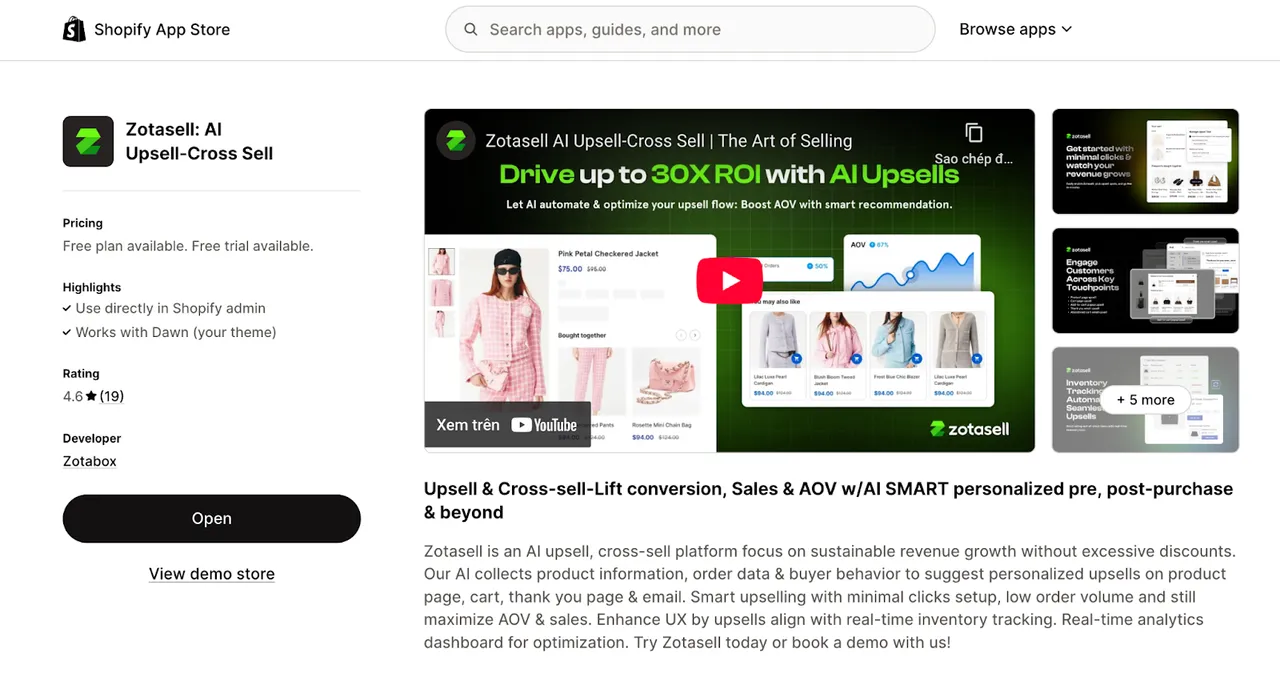
Key Highlights:
Zotasell leverages Visual AI technology to analyze product images and customer behavior, delivering highly relevant and personalized upsell recommendations. It supports multi-channel upsell placements, including product pages, shopping carts, emails, and SMS, ensuring consistent customer engagement across touchpoints. The platform also features real-time analytics and customizable workflows, allowing merchants to tailor upsell campaigns to specific customer segments and business goals.
Advantages:
-
Offers high accuracy in product recommendations, significantly boosting upsell acceptance rates.
-
Provides seamless integration across multiple channels, maintaining a consistent and smooth shopping experience.
-
Pricing is scalable and flexible, making it suitable for businesses ranging from startups to large enterprises.
Why Choose Zotasell:
Combining advanced AI sophistication with practical usability, Zotasell stands out as an ideal upsell platform for eCommerce stores aiming for sustainable growth in 2025 and beyond.
Choosing the Right Platform
When selecting an upsell platform, it’s essential to evaluate several key factors to ensure it aligns with your store’s unique needs:
-
Store Size and Budget: Consider the scale of your business and your available budget. Larger stores may require platforms with advanced features and scalability, while smaller shops might prioritize cost-effective, user-friendly solutions.
-
Upsell Strategies: Define whether you want to focus on pre-purchase upsells (e.g., on product or cart pages), post-purchase upsells (e.g., thank you pages, emails), or a combination of multi-channel upselling.
-
Integration Capabilities: Choose a platform that integrates smoothly with your existing eCommerce system, marketing tools, CRM, and communication channels like email and SMS. Seamless integration ensures data consistency and reduces operational complexities.
-
Ease of Use and Customization: Look for platforms with intuitive interfaces that allow easy setup and management. Customization flexibility is crucial to tailor upsell offers to your customer segments and business goals.
-
Pricing Structure: Understand the pricing model, including monthly fees, tiered plans, additional charges based on usage, and support costs. Aim for a platform that offers good value without hidden fees.
-
Trial and Testing: Whenever possible, take advantage of free trials or demos. Hands-on experience lets you assess the platform’s usability, effectiveness, and compatibility with your store before committing financially.
By thoroughly evaluating these factors, you can select an upsell platform that not only fits your current needs but also supports your growth ambitions.
Afterthought
Looking beyond the immediate benefits, upsell platforms are more than just sales tools - they are catalysts for meaningful growth in the eCommerce space. The top 10 platforms we’ve explored each bring unique strengths, catering to different business models and goals. Choosing the right upsell solution isn’t just about boosting average order value today; it’s about laying a foundation for sustainable, long-term success. As the market evolves and customer expectations rise, the platforms you invest in now will shape your store’s ability to adapt, engage, and thrive in the years ahead.
FAQs
-
What is upselling and why is it important?
Upselling encourages customers to purchase additional or higher-value items, increasing revenue without acquiring new customers. -
Which upsell platform is best for small stores?
Platforms like ReConvert and Bold Upsell offer user-friendly features suitable for small businesses. -
How do I measure the effectiveness of upsell campaigns?
Track metrics such as average order value, conversion rates, and customer lifetime value.
